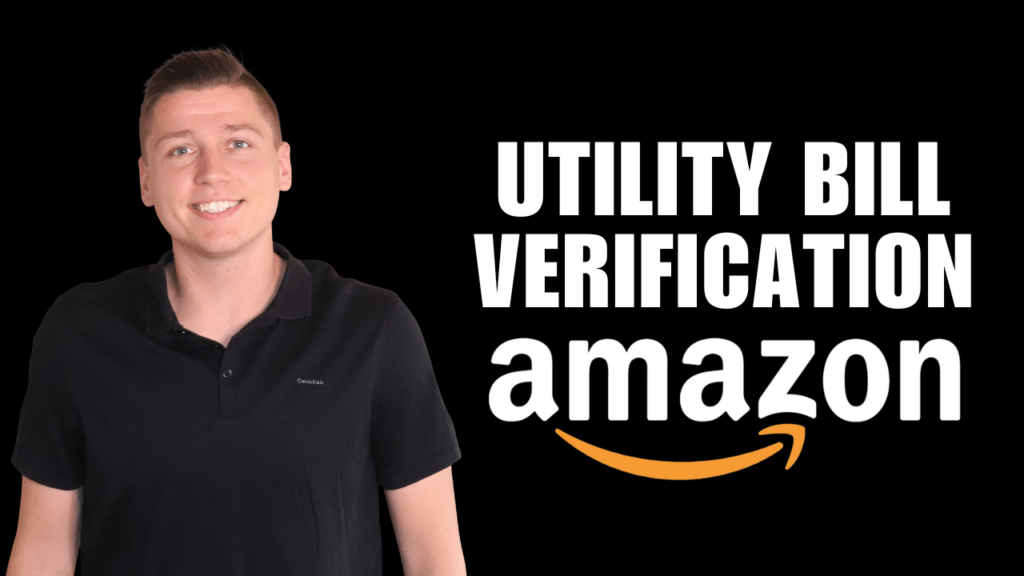Let’s talk about barcodes! From UPCs to GS1s, FNSKUs, and GTINs, there is a lot of confusion amongst new Amazon sellers about which barcodes work, what changes Amazon has enacted, and how they can prevent barcode issues. This article will explain how and where to buy Amazon barcodes that work and the repercussions for sellers that purchase recycled codes.
UPCs, FNSKUs, & GS1s
UPCS
UPCs are on every product you see at Target, Walmart, or any other retail chain. A UPC is a label placed on products to identify them, prevent fraud, and track inventory. Anytime you visit a store and put a product in your cart, that product will have a UPC on its outer packaging. As you make your way to check out, the UPC is scanned, which lets the cashier see the price and properly charge you. Once you pay for the product, it is taken out of their inventory, helping the store know when to re-order the item. UPC’s also prevent fake products from making their way into stores and online. Amazon requires UPCs for the same purposes. You will need a UPC if you want to list your product on Amazon; there is no way around it.
When you go to a list product within seller central, you will be required to input a product ID, as shown in the photo below. The most common product ID is a UPC, and what you will use 99% of the time.
FNSKUs
FNSKUs, on the other hand, are Amazon’s version of a barcode. Amazon uses FNSKUs to identify products and see who is selling them. Once your product information is entered and your product is ready to sell, you will download and print your FNSKUs to affix onto your product’s packaging.
GS1s
GS1s are required for products to be sold on Amazon. While there are other websites that sell barcodes, Amazon will not accept them. Amazon validates the authenticity of product UPCs through the GS1 database, and codes that are not found there are considered invalid. The only downside here is that GS1 is non-profit, and their costs and renewal fees are high, which may dissuade sellers from using them. If you are a new seller, $250 for ten barcodes is a tough pill to swallow. However, the good news is that GS1 has recently allowed users to purchase a single UPC for just $30 and zero registration fees!
If you fail to use a GS1, Amazon may choose to suspend you and prevent you from ever listing products again. Users are able to purchase a single UPC for just $30 and zero registration fees. These UPCs work for every country, every Amazon site, even if you purchase from the US GS1 website.
Quick note: You only need one UPC for each item you sell. For example, if you sell thousands of the exact same book, you would only need one UPC.
Where NOT To Buy UPCs
Several popular websites sell barcodes for cheap, like speedybarcodes.com and nationwidebarcodes.com. Buyers are attracted to ultra-low prices like ten thousand barcodes for fourteen cents each. However, most of these sites use third-party, or recycled barcodes, from old products that are not in existence anymore. Amazon checks for recycled barcodes, and they will no longer work for listing products because the brand name does not match the UPC.
The caveat here is that if you’re not “in it for the long haul,” i.e., you simply want to sell a generic product, test things out, and see how it goes, you MIGHT be ok using recycled codes.
If you’re looking to save a little bit of money on barcodes, check out GS1 UK, which is cheaper per year when you factor in the initial fees. Plus, GS1 UK codes work in every country as well.
GTIN Exemption
If your product does not have a product ID, also called a GTIN (Global Trade Item Number), you might be eligible to request a GTIN exemption. To do this, you will need to comb through the Amazon catalog to see if your product already exists. If it does, you can add your offer on the existing product detail page without a GTIN. On the flip side, if your product does not exist, you need to request a GTIN exemption and then add your product.
To apply for an exemption, you will need:
You can apply for GTIN exemption here. Before you apply, make sure you have the following:
Product name and a minimum of two images showing all sides of your product and the packaging of the product. You can learn more about the process here.
UPCs & GS1s In A Nutshell
In order to sell on Amazon, sellers must have proper UPCs for their products so that Amazon can verify their product is legitimate. Amazon verifies all UPCs through the GS1 database, and anyone that uses third-party codes is at risk of account suspension. Although GS1 codes are expensive, sellers have the option to purchase single codes for just $30. Any business owner that wants to stick around for the long haul should bite the bullet and get the proper codes. FNSKUs are Amazon’s unique tracking codes that must be placed on all packaging of your products. I hope this guide clarifies barcodes for you and you can start selling on Amazon with confidence!
—
If you want to learn more about how to set up your Amazon Seller Central account the right way, check out this article. My YouTube channel is also here to keep you in the loop with the latest Amazon seller updates, so don’t forget to subscribe.
Have questions? Feel Free to Reach Out to Chat! – DM Me On Instagram
How To Make A Listing Without Buying A UPC Code – https://youtu.be/vDApOGb9Zek
FREE Complete Amazon FBA Cheatsheet (34 Pages of Goodness!) – http://bit.ly/JamesFactorCheatsheetFBA
Read More About Amazon FBA –https://camronjames.com/resources/


